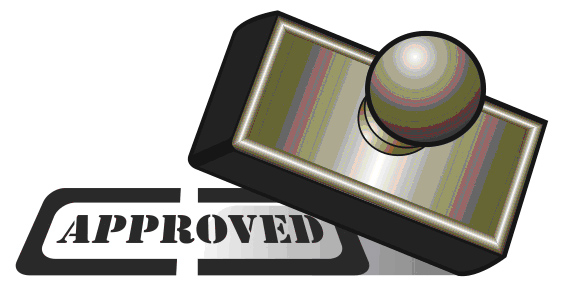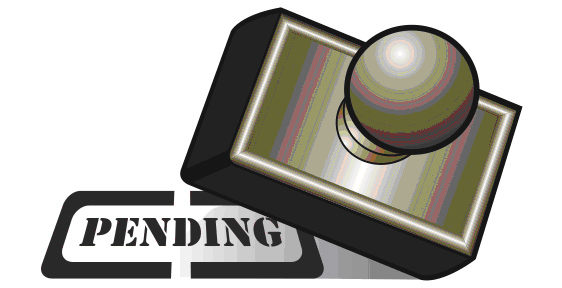

U.S. Patent # pending Medical Method
Notice that C-fibers are
highly concentrated in the periosteum tissue, and are often
stimulated by soft tissue injuries at the periosteal-osseous
boundary. The method is particularly useful in treating acute and
chronic headaches and migraine headaches, as well as pain of the
upper and lower back, neck, shoulders, hip, knee, arm, leg, and pain
associated with carpal tunnel syndrome. The method is also useful
for treatment of pain resulting from musculoskeletal and
musculotendon injuries. A significant aspect of the invention is
that the method treats the causative factor of the acute and chronic
or referred pain, so that the method achieves pain reduction or
relief and ultimate cure of the pain through healing of the
causative injuries. Yet another significant aspect of the invention
is the immobilization of the area of soft tissue injury following
treatment. Yet another significant aspect of the invention is the
utilization of ergonomic and posturing protocols to prevent reinjury.
Immobilization of Target Point,
Step 3
The present invention comprises, in one aspect, a method for treatment of acute or chronic pain comprising treatment of the soft tissue injury(ies) that are the cause of the pain, in conjunction with immobilization of the area of soft tissue injury giving rise to the pain, so that the treated injuries are given an opportunity to heal. The pain to be treated includes, but is not limited to, pain generated from stimulation of A-fiber and C-fiber nerve endings (neurogenic pain), as well as the neuromuscular pain resulting from the phenomenon of the withdrawal reflex.
U.S. Patent # 5640978 Medical Method
Diagnosing & treating the Target Point, Step 1
These lesions stimulate
the generation of histamines, kinins, bradykinins, prostaglandin,
proteolytic enzymes, serotonin, and other substances which cause
numerous localized autonomic reactions, such as muscle spasm,
ischemia, local inflammation, edema, as well as generalized
reactions such as increased blood pressure, photophobia, nausea,
blurred vision, copious mucous flow of the nose and sinus, and the
like. The muscle spasms are responsible for transmitting the pain
sensation to other portions of the body, and the systemic reactions
are often associated with migraine-type headaches. The sites of the
periosteal-osseous lesions can be correlated directly with the
distant locus of the referred pain sensation. The laser energy is
directed to the sites of the lesions to cause an increase in
lymphatic circulation at the site of the causative lesion in
response to the laser energy. Laser energy delivered to the site
results in increased blood circulation and cellular metabolism in
the area, which promotes more rapid healing of the lesion.
The invention comprises a method for treatment of chronic and referred pain such as chronic headaches and migraine headaches, as well as pain of the upper back, neck and shoulders, and lower back pain using low power laser light. The source of such referred pain involves microscopic and macroscopic tears in the periosteal-osseous junctions of the upper vertebrae, the scapula, and the skull.
